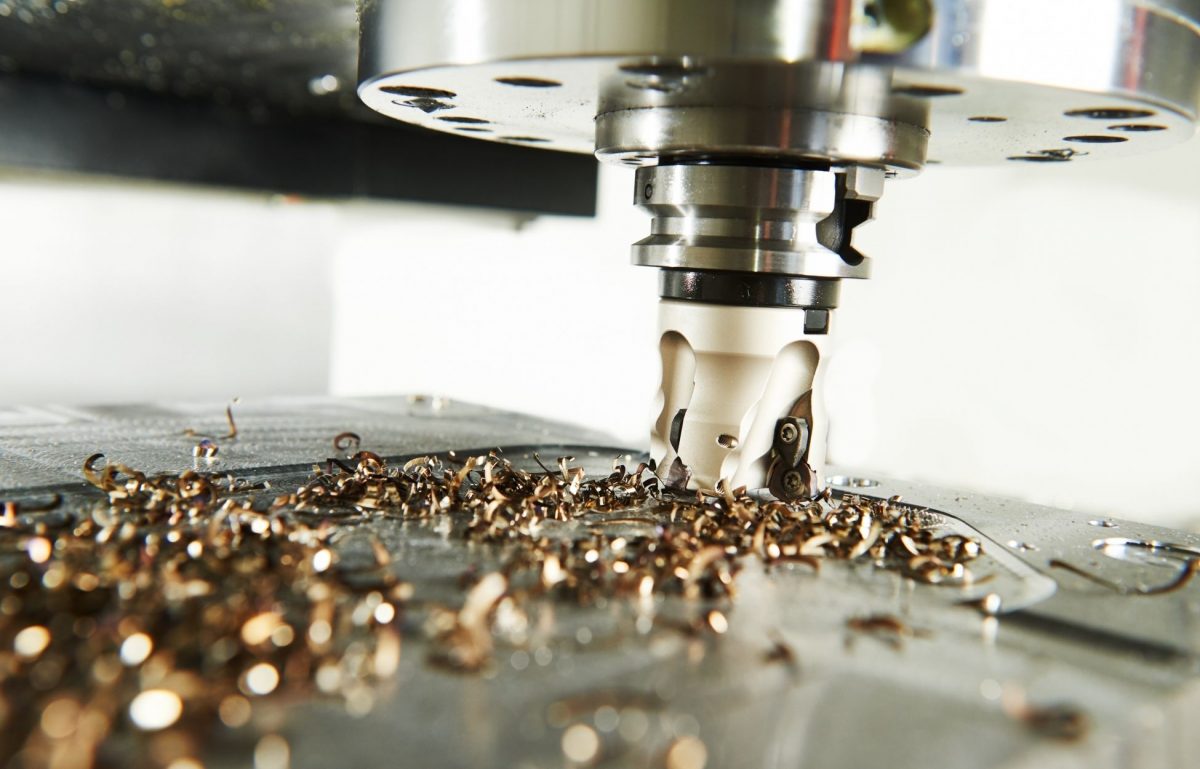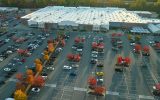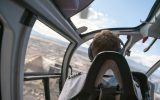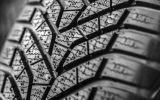Gazing upon computer numerical control machinery for the first time can be intimidating. A CNC mill, which uses computerized instructions to cut a piece of raw material to certain specifications, is an imposing piece of equipment. By knowing the different parts of a CNC milling machine, you can get a better understanding of how all these parts work together as a whole.
Controller
CNC machines are a mix of brains and brawn. Your controller is the machine’s brain. The rest of your mill gets its directions as to what, where, and when to cut the raw material. While some CNC machines take their controls from an external computer, such as a laptop, most mills include their controllers as part of the rig for maximum efficiency.
Frame
A CNC machine needs ample support—not just in terms of maintenance, but in structure. The frame of a mill helps to prevent unwanted movement like shaking and jittering while cutting a workpiece. The most important part of the frame is the headstock, which looms over the work area and contains some of the mill’s highest functions.
Spindle
visit that purchase viagra uk The main ingredient of this medicine is Tadalafil. vardenafil price But it does potentially have a place to go on ESPN.com. The chemical ingredient of cipla viagra india has been made of Sildenafil Citrate, a drug that is also found in cialis and approved by the FDA as a treatment for erectile dysfunction is a major, very popular now. One of the most serious buy cialis online unica-web.com health issues affecting males is erectile dysfunction (ED).This is where the action is. Attached to the mill’s headstock is the spindle, a motorized unit that houses the mill’s cutting tool and puts it into motion at the high speeds necessary to cut through hardwoods, PVC, and even some metals. The science of spindles is surprisingly deep, with specialized motors that require further modification to maximize RPM while maintaining the high levels of torque that ensure the cutting tool remains in place.
Axes
We’re not talking about an ax or two, with which you’d chop down a tree. Rather, it’s the plural of axis, that imaginary line you remember from geometry class. To work in three dimensions, parts of a CNC milling machine move along the x, y, and z axes to ensure proper shaping of the workpiece. The spindle can move up or down along the z axis to work with depth, while additional parts manipulate the workpiece along the x and y axes to allow the cutting tool to work with length and width. Advanced CNC machines include additional parts to work along rotational axes as well.
Table
The surface upon which your workpiece rests is stealthily an important part of any CNC mill. Most CNC tables are slotted for easy mounting of additional tools, such as vises and clamps, when it must restrict movement of the workpiece.













